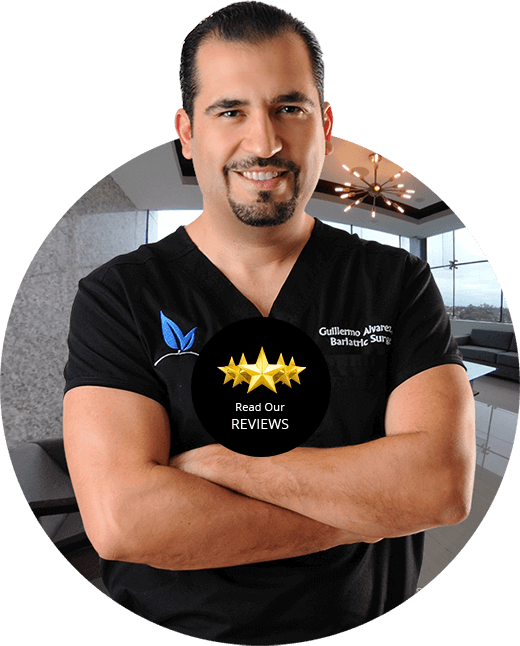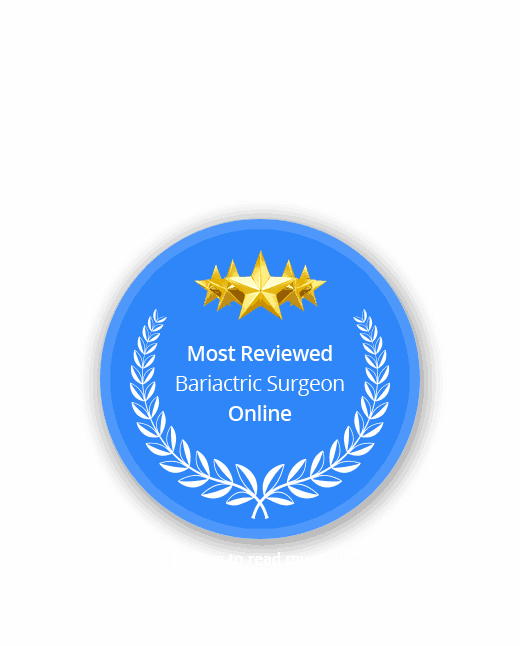If you’re having the same vertical sleeve gastrectomy surgery as everyone else, why isn’t your pre-op gastric sleeve diet the same? It’s a great question. Like everything else about gastric sleeve in our Mexico hospital, it’s geared toward your unique body. Here’s a breakdown of the hows and whys of the pre-op diet.
What is the Pre-Op Diet?
I approve each person for VSG individually; we don’t use a one-size-fits-all approach to anything we do here. In general, though, I approve patients who have a body mass index (BMI) of 40 and above or who have a BMI of at least 30 with other diseases present. What does that mean? That means vertical sleeve gastrectomy is for people who are significantly overweight or obese. To ensure the procedure is as successful and safe as possible, the patient’s liver must be in good shape. And that usually means a pre-op diet to shrink a fatty liver. The diet itself is largely a low-fat liquid diet, with a goal of 30 grams of carbs or less per day. We want you to drink lots of water, of course, which is not only good for shedding weight but to keep your body functioning well on relatively few calories.
How long does it last?
This is, perhaps, the most customized aspect of the pre-op gastric sleeve diet. It’s rare that a patient doesn’t have to do it at all, but it does happen. Typically, the pre-op phase lasts one to four weeks, though it may, on occasion, last longer. The goal isn’t necessarily to lose weight prior to VSG, though most patients do. The goal, as I mentioned above, is to shrink a fatty liver. But weight is one big factor in how long I prescribe the pre-op diet. Patients who have a higher BMI usually stay on it longer than those with a lower BMI simply because the more weight you carry, the likelier you are to have a liver that needs to shrink before I feel comfortable approving you for the safe, easy procedure for which Endobariatric is known. The bottom line is that my staff and I monitor every patient on the pre-op diet to refine the timeline, if necessary, as you make progress.
How many calories does each patient consume?
Here’s another area where it may differ from patient to patient. Though you would assume that, if the goal is to shrink the liver, everyone would be assigned the same, un-adjustable diet, the truth is that each person’s lifestyle also comes into play. If you have a desk job where you expend little to no energy, you can go lower in your calories. But if your job is highly active—and/or involves outside work in the heat—you may need to go a little higher in calories. Lindsey, for example, has a physical job and was feeling more than the typical “carb detox” symptoms while on the pre-op diet, talked to our guru, Susan George, about her experience. “(We) worked out some more substantial (choices) during pre-op,” Lindsey recalls, adding that she took those tips into her post-op liquid diet as well. “I didn’t get light-headed when I went back to work even though I was only taking in 500-800 calories.” The solution could be as simple as adding more protein drinks or sipping a low-calorie Gatorade (G2).
The Endobariatric team is always available to help make your VSG experience as healthy, easy, and effective as possible—starting with your pre-op diet.
I invite you to follow us on all our social networks, we are on Facebook, Instagram, Twitter and Pinterest, we also have our YouTube channel where where I (Dr. Alvarez) answer frequently asked questions that are sent to me, subscribe to it! we talk about very interesting subjects.
If you want a more personalized experience and you have Instagram, follow me (Dr. Alvarez) to see my day both in my daily routine and in the operating room, add me! We will have a great time! My username is: gmoalvarez.
“Changing lives…one sleeve at a time”.









